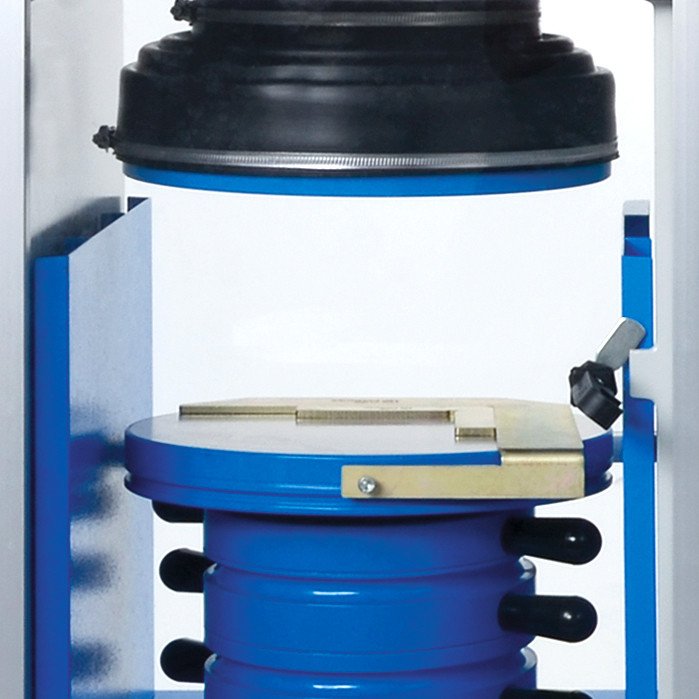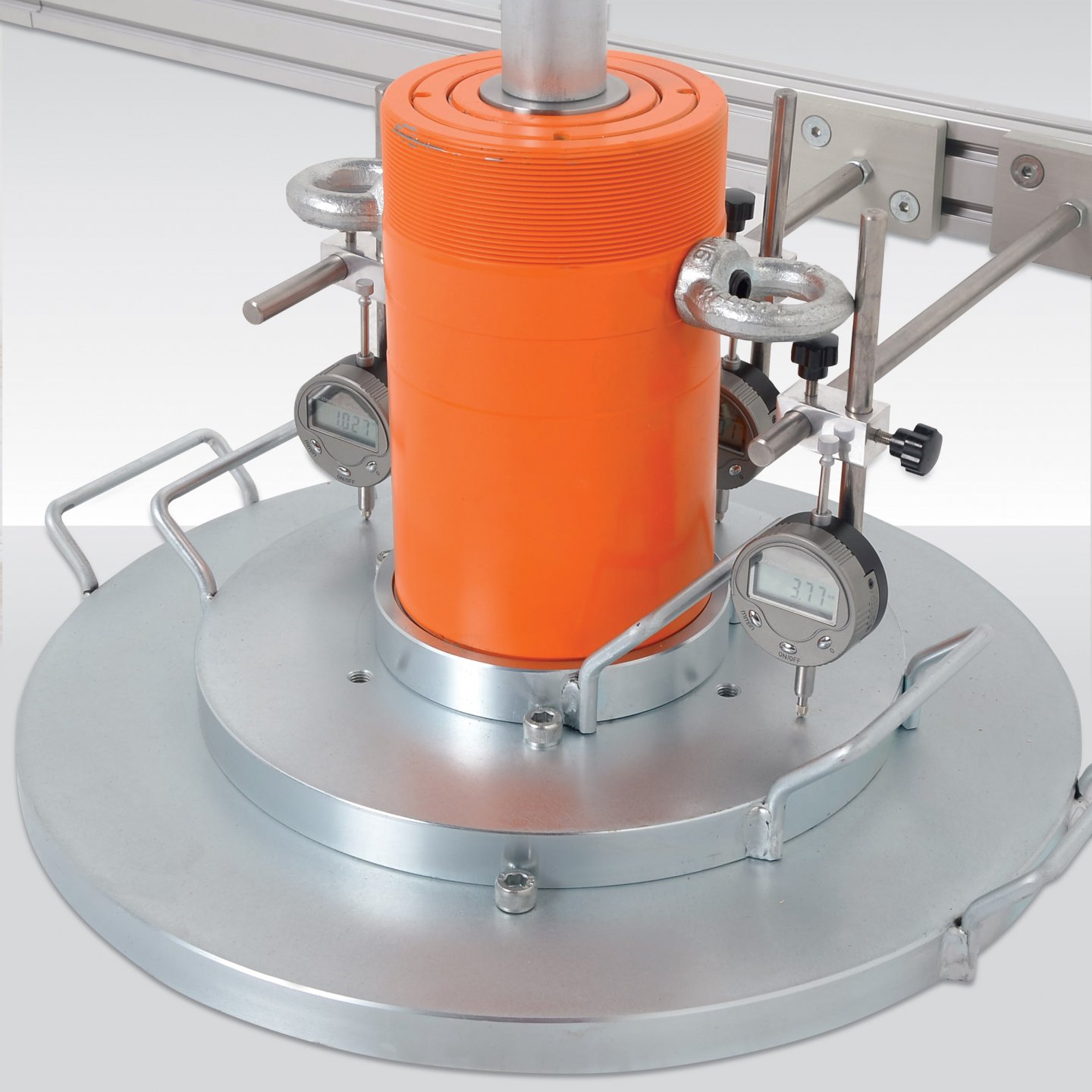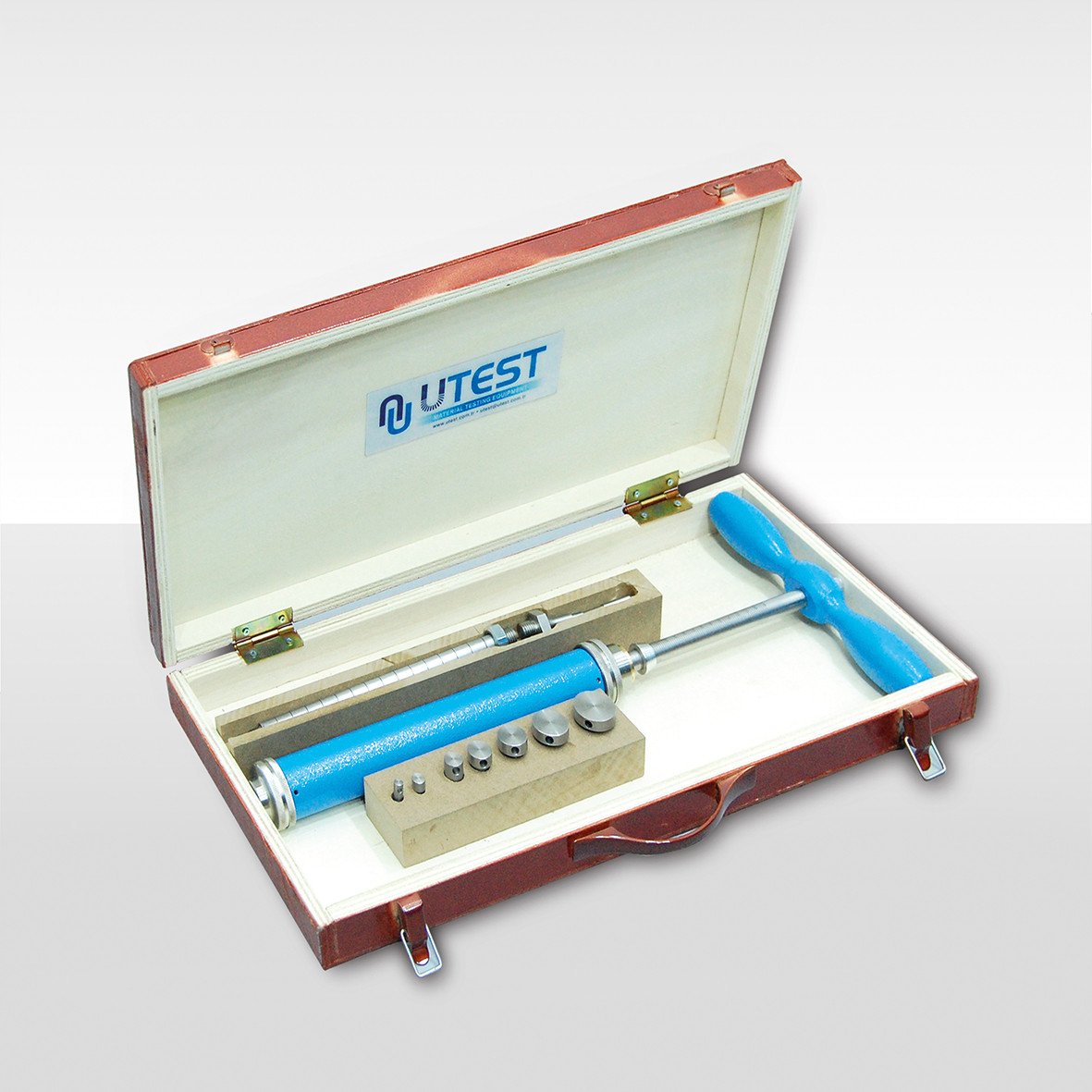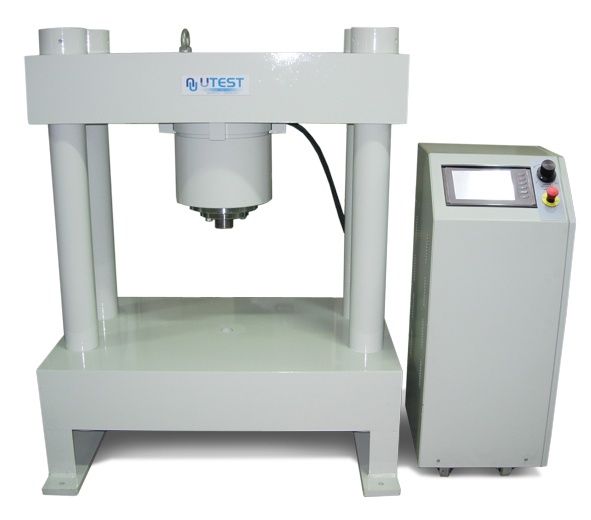A range of equipment suitable for concrete testing laboratories. PCTE sell our own Mould range along with CMT lab equipment from UTEST and Scientific. Many of the Construction NDT tests are also suitable for concrete testing laboratories.
What Standards Apply to Concrete testing?
The main Australian Standard series is AS1012 Methods of testing concrete. The two most commonly used tests are Compressive Strength Testing of cylinder samples at 28 days and the Slump Test with fresh concrete on site but there are many more including drying shrinkage, air content and permeability tests.
For Compressive Strength testing AS 1012.1 defines sample collection, AS 1012.8 defines the cylinder mould size and casting requirements and AS 1012.9 defines how to prepare and break the cylinder in a compression testing machine.
The slump test is defined in AS 1012.3.1, covering the cone and rod dimensions, test procedures and information recording requirements.
What NDT Equipment is commonly used in a concrete laboratory?
Ultrasonic Pulse Velocity testing equipment is common in concrete testing laboratories, concrete strength is correlated to UPV results and there is also a relationship between a measurement of Compression and Shear wave UPV and dynamic E-modulus and Poisson's ratio of concrete.
Schmidt Rebound Hammers are more effective at evaluating compressive strength when used with custom curves created in reference to Cylinder or Core samples of the real concrete mix.
%20vector%20logo.svg)





















